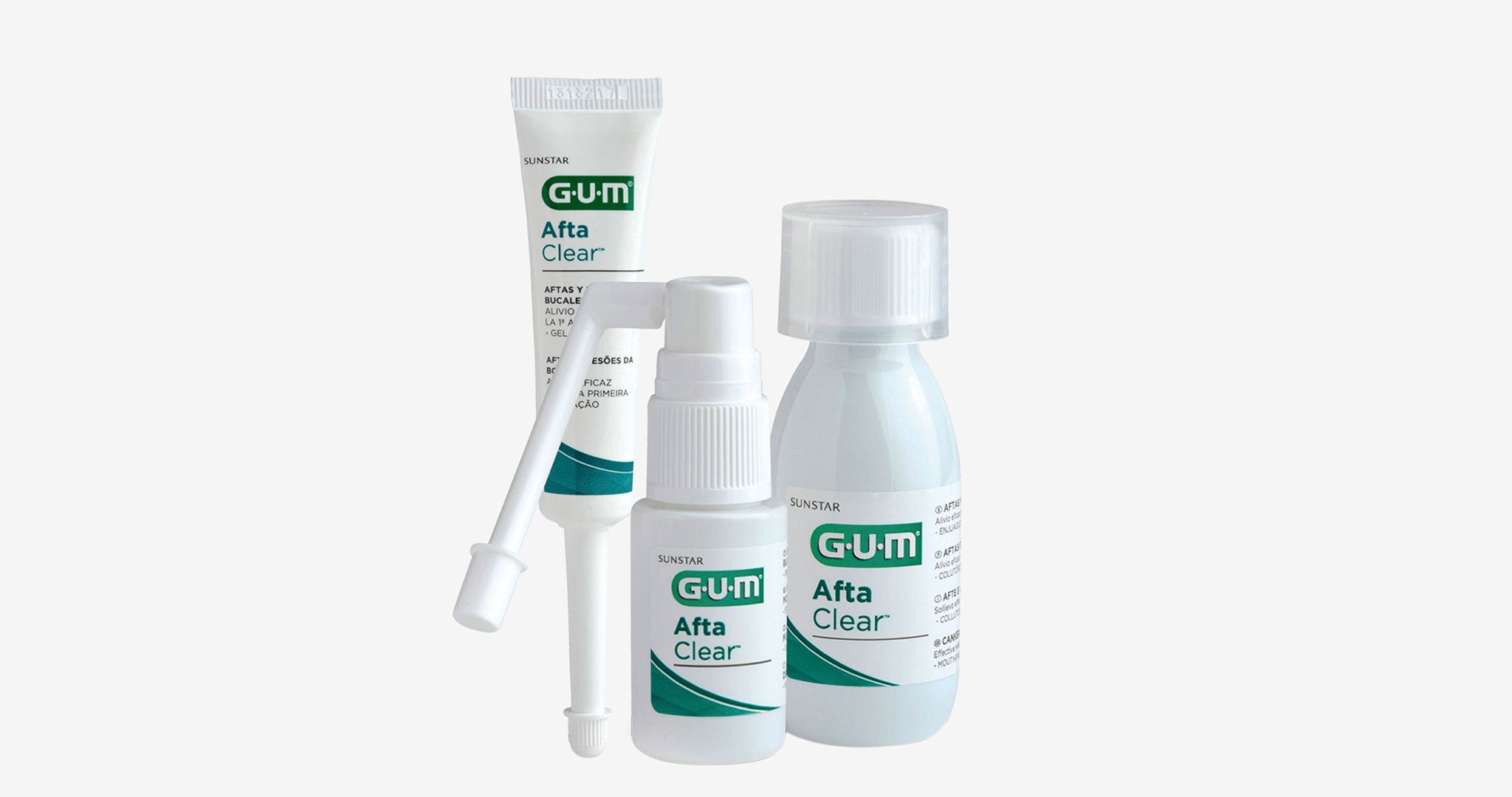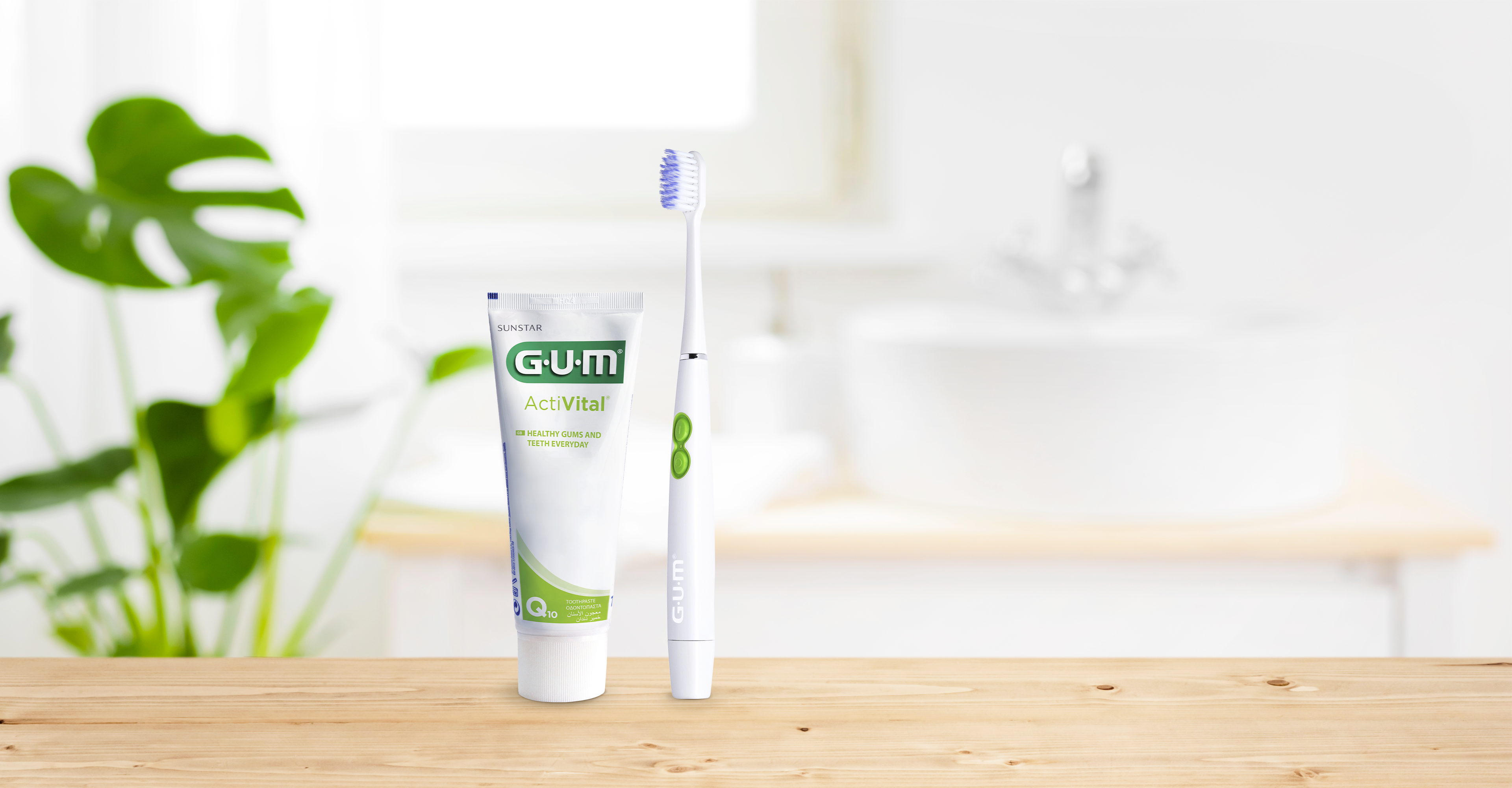Aphthous Stomatitis: Causes, Facts, Stats and New Research for Dental Professionals
Aphthous stomatitis, often known as mouth ulcers, is one of the most common oral mucosal disorders patients can experience. These ulcers can cause a disproportionate level of discomfort considering their size.

Here we'll help you address patient concerns while informing you of the latest research on this pervasive pain point.
Aphthous Stomatitis: Definition, Causes, Treatments
Aphthous stomatitis can be a puzzling issue for patients and dental professionals alike. That’s because the exact cause for these shallow reddened lesions remains unclear, and there’s no surefire, uniform treatment to remedy them. With that said, there’s still plenty of information dentists can provide patients to help them minimize the persistent pain that aphthous stomatitis tends to cause.
We’ll touch on some interesting research and new discoveries shortly. But first, let’s run through the basics.
What is Aphthous Stomatitis?
Aphthous stomatitis is commonly defined as recurrent ulcerations of the oral mucosa. In layman's terms, an occurrence of aphthous stomatitis is often called a mouth ulcer, such as when someone develops canker sores. The most affected areas of the oral cavity are the labial mucosa, buccal mucosa, and tongue. Unlike for example cold sores, which develop on the outside of the mouth, these ulcerations are non-contagious and aren't caused by a bacterial or virus infection. This is a critical point to get across to patients, who often carry misperceptions regarding the transmissibility of mouth ulcers.
Generally speaking, we distinguish three major clinical presentations of aphthous stomatitis based on the size and number of the wounds:
- Minor aphthae: Typically round and <10 mm in diameter.
- Major aphthae: Similar to minor aphthae but are larger (>10 mm in diameter) and therefore requiring a longer healing time.
- Herpetiform ulcers: Multiple ulcers of <1 mm in diameter, occurring in numbers up to 100.
Other mouth conditions that patients might confuse with aphthous stomatitis include:
- Burning mouth syndrome
- Oral candidiasis
- Recurrent intraoral herpes simplex virus or herpes varicella zoster virus
- Leukoplakia
- Oral lichen planus
- Hand-foot-and-mouth disease
- Infected salivary glands
- Dental abscess
- Behçet’s disease
Causes of Aphthous Stomatitis
As mentioned above, there is little known about causes and etiology of aphthous stomatitis, despite its high prevalence. This can be frustrating especially for patients who deal with it regularly.
With that said, there are a number of predisposing factors that you as dental professionals can discuss with your patients. These include:
- Physical damage to the gingiva, tongue, or other soft tissues within the mouth. This is perhaps the most common and easily explained factor. It can happen for a variety of reasons, including brushing too hard (or with overly hard bristle filaments), biting down on the inside of the mouth, or friction and wear from orthodontic appliances.
- Hematinic deficiencies (nutrition for formation of blood cells), such as iron, zinc, folic acid and important vitamins such as B12.
- Inheritance, since a large proportion of patients appears to have a positive family history.
- Negative reaction to toothpastes or other oral care products containing certain ingredients.
- Underlying systemic conditions, such as Crohn’s disease, inflammatory bowel diseases, celiac disease, or HIV, increases the vulnerability of patients to develop aphthous stomatitis.
- Stress. This is rather ambiguous and can feel difficult for dentists to discuss with their patients, but the ties have been shown scientifically so it is certainly worth addressing as a possible contributor.

The Latest Research and Science Around Aphthous Stomatitis
Wondering what’s new in the scientific and medical communities regarding aphthous stomatitis? Here are some links to additional reading materials so you can catch up on the latest:
The oral microbiota of patients with recurrent aphthous stomatitis [1]
A few years ago Sahlgrenska Academy and the University of Gothenburg conducted research around recurrent aphthous stomatitis, or RAS, in search of new insight. The study found that the composition of the oral microbiome was different for patients with recurrent aphthous stomatitis, compared to healthy controls. These results were confirmed in another study, published in the Journal of Dental Research a while later. However, it remains unclear whether these microbial differences cause aphthous stomatitis, or if the latter triggers a shift in the oral microbiome.
Genome wide analysis for mouth ulcers identifies associations at immune regulatory loci [2]
Researchers from the UK, Australia and USA tried to find specific genetic loci that could explain the fact that aphthous stomatitis have a clear heritable component. In their study, published in Nature Communications, several loci were identified. Interestingly, many of those were located in (or close to) genes that are involved in T cell immunity. This provides further support for the commonly accepted theory that the immune system plays an important role in the etiology of aphthous stomatitis.
Epithelial Cell Apoptosis in Recurrent Aphthous Ulcers [3]
Comparing healthy epithelium to that affected by recurrent aphthous ulcer, this study from the Journal of Dental Research points to a cellular apoptosis sequence that may lead to the formation of the typical peripheral inflammatory halo that surrounds aphthous ulcers..
Recurrent aphthous stomatitis treatment (RAS; aphthae; canker sores) with a barrier forming mouth rinse or topical gel formulation containing hyaluronic acid: a retrospective clinical study [4]
A study published in BMC Oral Health in 2019 investigated the treatment effect of one of our own mouthwashes (GUM® AftaClear rinse) and a gel (GUM AftaClear gel) – both containing hyaluronic acid – on recurrent aphthous stomatitis. After one week, the lesions had reduced significantly for both appliances, with 77% for the mouthwash and 81% for the gel. They even observed complete lesion resolution in 60% (mouthwash) and 56% (gel) of the cases. Importantly, 44 out of 45 participants reported an improvement in quality of life during the treatment.
Is Optimal Management of Recurrent Aphthous Stomatitis Possible? A Reality Check [5]
The title of this article alludes to a question that’s pertinent to patients and dentists everywhere. Can recurrent aphthous stomatitis truly be managed effectively, given what we currently know? The authors reviewed a wide range of existing studies, but concluded, “Due to limitations in the number of evidence-based trials and the insufficient data to support or refute the efficacy of the therapies prescribed, larger evidence-based clinical studies and literature reviews are needed to further improvise the optimal methodology for the effective management of RAS.”
Helping Patients Overcome Aphthous Stomatitis
As the final article above reaffirms, there is no known cure for aphthous stomatitis at this time. Obviously, this is not what patients dealing with the discomfort caused by aphthous stomatitis want to hear, especially if they experience the condition on a regular basis. Therefore, the focus should be on supportive care – solutions that offer pain relief or promote wound healing – rather than curative treatment. There are a number of effective solutions you can discuss with them, and GUM offers an array of products specifically designed to address the issue.
Treatments for Aphthous Stomatitis
Most dentists already have an assortment of recommended treatments for aphthous stomatitis, and products on hand to provide for their patients.
For faster and more substantial and effective pain relief and wound healing, interventions are generally aimed at the application of topical products. There are a number of products that can help. Our GUM AftaClear line provides immediate relief and accelerates the healing of aphthous stomatitis thanks to a unique combination of ingredients. GUM AftaClear products are available in three different versions to suit patient preferences:
- Spray GUM AftaClear: ideal for specific site application and for the acute treatment of the canker sores, orthodontic abrasions, denture irritations, minor burns or other small lesions of the mouth
- Gel GUM AftaClear: ideal for the acute treatment of the canker sores, irritations, minor burns or other small lesions of the mouth
- Mouthwash GUM AftaClear: ideal to prevent the recurrence and/or progression of the canker sores, orthodontic abrasions, denture irritations, minor burns or other small lesions of the mouth.
Each of these products serves a similar purpose: creating a protective barrier on the ulcer to provide pain relief and stimulate healing.
Whether or not they are using an oral care product to treat their mouth sores, remind patients to do what they can on their own to avoid irritating or worsening the wound (i.e., avoid biting down on it, and try not to eat spicy foods or drink alcohol).

Help Patients Find Relief
Given what a painful experience recurrent aphthous stomatitis can be for those who deal with it, dental professionals that are able to help their patients overcome it will be highly valued and appreciated. It’s a common issue in oral mucosal health care, and while there may not be a cure, there are definitely ways to lessen the pain and reduce occurrences through smart measures.


